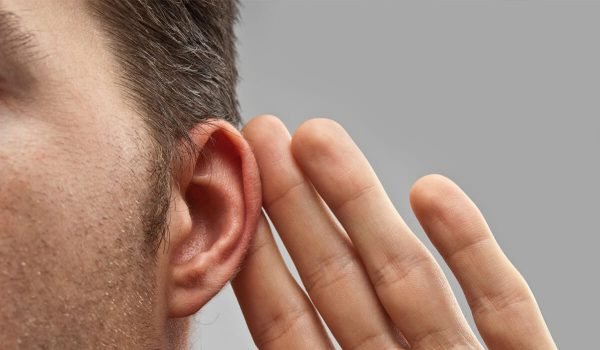In recent years, scalp micropigmentation (SMP) has gained significant popularity as a non-invasive solution for hair loss and thinning. This innovative cosmetic procedure has evolved rapidly, keeping up with the latest advancements in technology and techniques. In this blog, we will explore the latest trends and innovations in Scalpology Scalp Micropigmentation training.
Table of Contents
Evolution of SMP Technology
Scalp micropigmentation has come a long way since its inception. One of the most significant trends in the industry is the evolution of SMP technology. Earlier methods were manual and required a skilled technician to implant pigment dots into the scalp manually. However, recent innovations have introduced automated SMP machines that make the process more precise and efficient. These machines use micro-needles to deposit pigment, reducing the risk of human error and ensuring consistent results.
Natural Hairline Design
Achieving a natural-looking hairline has always been a top priority for SMP practitioners. Recent advancements in the industry have led to improved techniques for designing realistic hairlines. Technicians now pay close attention to factors like hairline shape, hair density, and hair direction to create a seamless transition from natural hair to the pigmented scalp. This natural approach has gained popularity among clients who want a subtle and realistic result.
Customized Pigment Blending
To ensure that SMP blends seamlessly with a client’s existing hair colour and skin tone, customized pigment blending has become a common practice. Technicians can mix pigments to match a client’s hair colour precisely, resulting in a more natural appearance. This level of customization allows SMP to cater to a diverse range of clients, regardless of their ethnicity or hair colour.
Scar Concealment
Scalp micropigmentation is not only used for creating the illusion of a fuller head of hair but also for concealing scars. Whether it’s a surgical scar or the aftermath of a hair transplant, SMP can effectively camouflage scars by matching the surrounding skin tone and hair colour. This innovation has been a game-changer for individuals looking to regain their confidence by hiding unsightly scars.
Women Embracing SMP
While SMP was initially more popular among men, there has been a significant increase in women seeking this procedure. Many women experience hair thinning and hair loss due to various factors, and SMP offers them a viable solution. The industry has adapted to this trend by tailoring techniques and designs to meet the unique needs of female clients.
Scalp Microneedling Synergy
Another notable trend in the scalp micropigmentation industry is the synergy between SMP and scalp microneedling. Scalp microneedling involves using tiny needles to create micro-injuries on the scalp’s surface, stimulating collagen production and increasing blood flow to the hair follicles. When combined with SMP, this technique can enhance the effectiveness of the procedure by promoting hair growth and providing more natural-looking results.
Education and Certification
As the demand for SMP continues to grow, so does the need for qualified technicians. Many training programs and certification courses have emerged to ensure that practitioners have the necessary skills and knowledge to deliver safe and high-quality SMP treatments. This focus on education and certification has contributed to the industry’s credibility and professionalism.
Scalp Micropigmentation for Alopecia Areata
Alopecia areata is an autoimmune condition that causes hair loss in small, round patches on the scalp. Recent innovations in SMP techniques have made it possible to effectively camouflage these bald patches, providing a confidence boost for individuals with this condition. While SMP doesn’t treat the underlying autoimmune issue, it offers a practical solution for concealing the visible effects of alopecia areata.
The scalp micropigmentation industry has witnessed significant trends and innovations in recent years, making it a versatile and effective solution for hair loss and thinning. Advancements in technology, natural hairline design, customized pigment blending, scar concealment, and the growing acceptance of SMP among women are reshaping the industry. The synergy between SMP and scalp microneedling, a focus on education and certification, and the application of SMP for conditions like alopecia areata further highlight the industry’s commitment to continuous improvement. As the field of scalp micropigmentation continues to evolve, clients can expect even more innovative solutions for their hair restoration needs.





